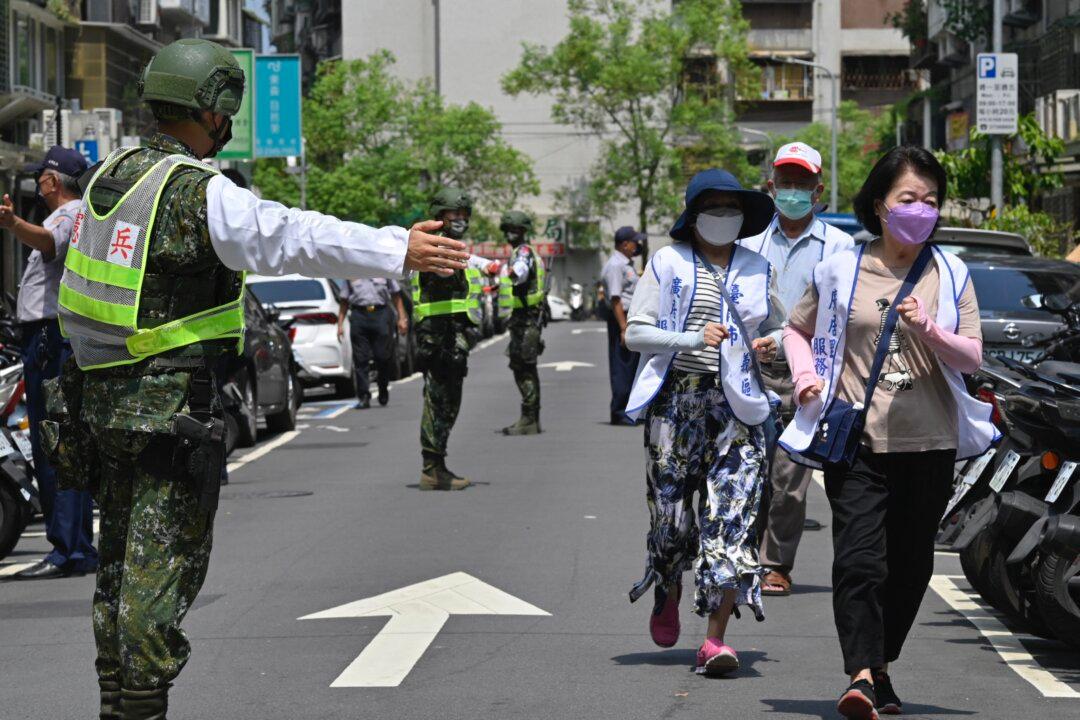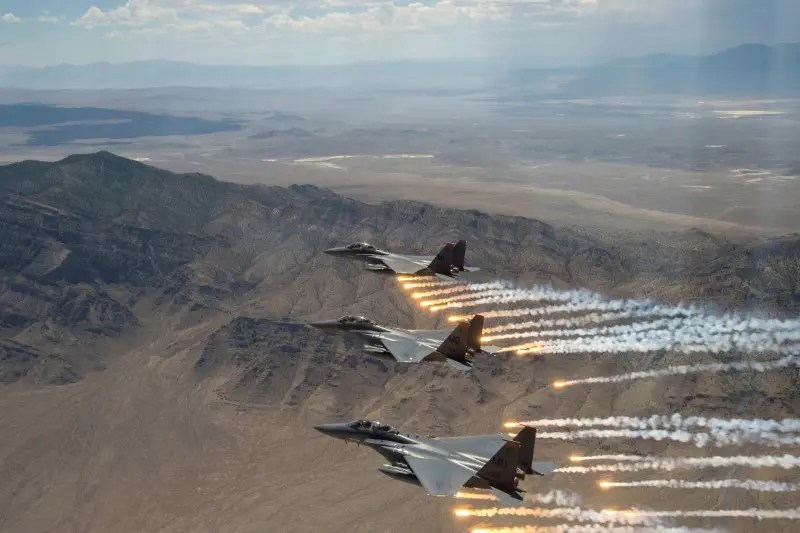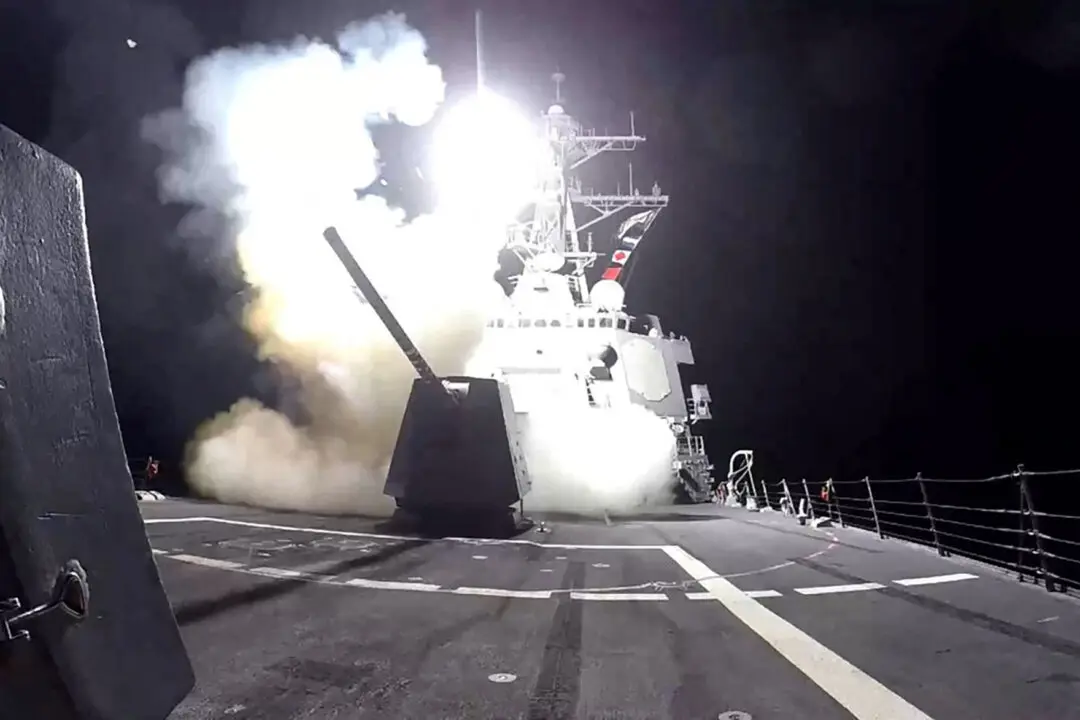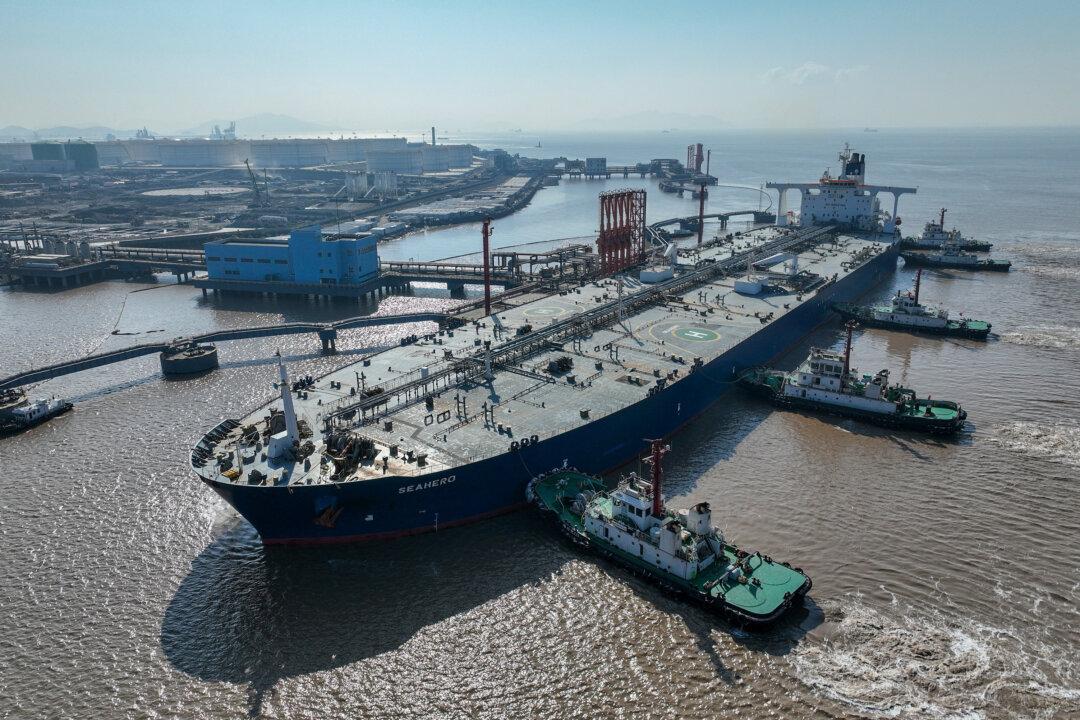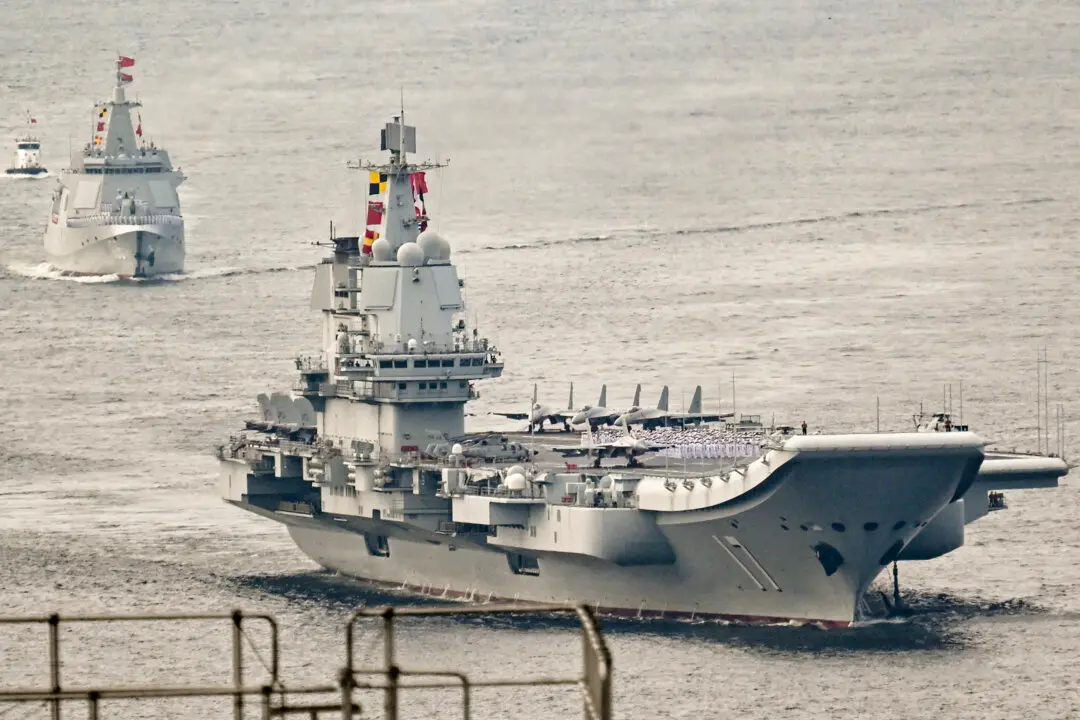Roads throughout Taiwan were cleared and people were ordered to shelter indoors on July 25, as the island’s democratic government conducted drills to simulate a missile attack by communist China.
A pre-announced “missile alert” text message was sent by the government, and sirens blared to signal the mandatory drills early in the afternoon. Entire cities across northern Taiwan were effectively shut down as streets were closed and businesses shuttered for half an hour. Shops turned off their lights to reduce the chance of being a target in the event of a nighttime air raid, and firefighters practiced putting out a blaze caused by a faux missile strike.
